Click below to listen to my 2 min. Garden Bite radio show: Prepare to Prune
We’re in late winter now, heading into the Spring home stretch. Gardeners! Prepare your pruners! That is if you can get to those trees and shrubs through the piles of snow! Cold temperatures provide the best time to prune because the plants are dormant, their sap flowing less freely and the insects are not a bother.
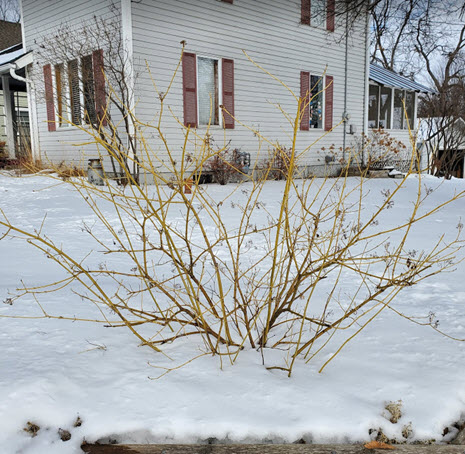
Timing is everything! Do NOT prune any spring blooming shrubs now, however, it IS a good time to prune any summer or fall flowering shrubs. More on WHEN and HOW to prune trees/shrubs from the University of Minnesota Extension. First rule of pruning – THINK TWICE, PRUNE SECOND
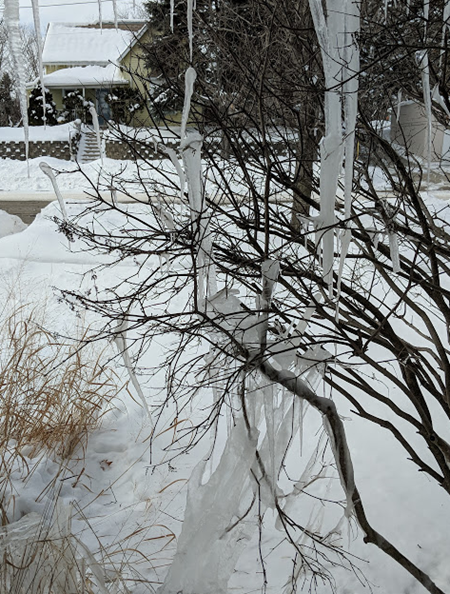
Dogwoods, Alpine Currants, Viburnums and Honeysuckle, to name a few, can benefit from pruning right now. Maintenance pruning is taking out the dead and diseased wood which you can easily see since there are no leaves.

Prune out any branches that are crossed inside the shrub or tree and also those that rub against each other. These can create wounds in the branches and, possibly, attract pests or disease. Notice in the picture below how the branch being cut is crossing over others?
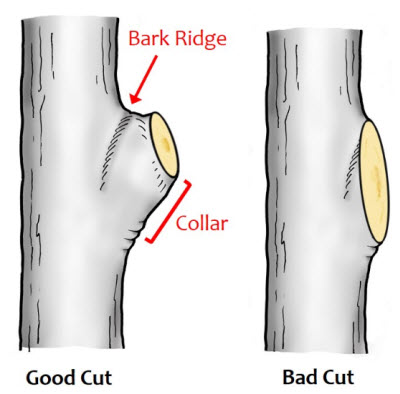
Preparing your pruners – if you haven’t already:
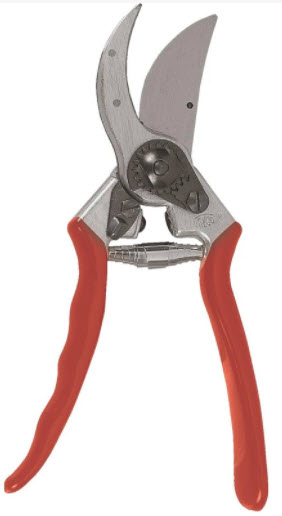
Using dry steel wool rub out any rust spots and use a little machine oil on the pivot point. Check the blades for chips, dings or dents.
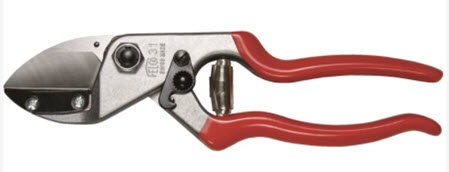
The thick blade on the bottom is called the anvil, the thinner curved blade is the cutting blade. If you see any dents or metal tags on the anvil, it’s time to sharpen it. Wrap a rag around the cutting blade before you start sharpening the anvil blade. Use a sharpening stone to smooth out any burrs or tags, dings or chips. You’re looking to keep a clean right angle on that blade. A few drops of oil can make this job a little easier.
Here’s a little more visual on cleaning from JoyUsGarden
For the cutting blade, hold the pruners so it’s parallel to the ground and the cutting edge is away from you. Hold your stone or file at the same beveled angle as the blade and move it across the blade away from your chest, repeat, always moving the sharpening stone or file away from your body. Make an occasional pass on the backside of the blade to smooth out any irregularities and keep a fine cutting edge.
Sharp pruners are good for you and good for your plants. If you’re getting torn, crushed or splintered cuts, your chances of attracting insects that bring disease multiplies.
